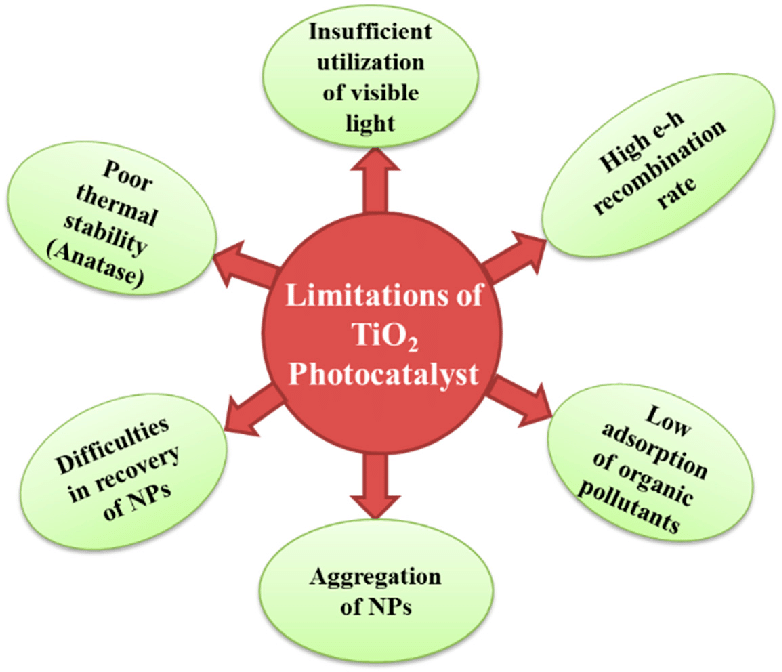Disadvantages of Photocatalytic Technology
Introduction to Photocatalytic Technology
In recent years, the buzz around photocatalytic technology has been impossible to ignore. From promising cleaner air to self-cleaning surfaces, it seemed like the answer to numerous environmental and hygiene challenges. However, as with any innovation, there are drawbacks to consider. Let’s delve into the disadvantages of photocatalytic technology.
Understanding the Mechanism
Photocatalytic technology harnesses light to initiate chemical reactions that can decompose organic matter. Typically, titanium dioxide is employed as a catalyst. While this mechanism sounds promising, the devil lies in the details.
Initial Hype and Expectations
When photocatalytic technology emerged, there was immense excitement about its potential benefits. Unfortunately, the reality has not always lived up to the expectations. Many applications fall short of the promised outcomes, leaving users disillusioned.
Limited Applicability
One significant drawback is the limited range of applications where photocatalytic technology proves effective. It might work wonders in certain settings but remains impractical or ineffective in others.
Dependency on Light Conditions
The success of photocatalysis hinges on adequate exposure to light. This dependence on light conditions can severely limit its efficiency, especially in areas with inconsistent sunlight or during cloudy days.
Potential Health Concerns
As we explore the disadvantages, it’s crucial to touch upon potential health concerns. Some studies suggest that the by-products of photocatalytic reactions might have adverse effects on human health, raising questions about its safety.
Durability Issues
While the initial appeal of self-cleaning surfaces is undeniable, the durability of these applications often leaves much to be desired. Over time, the effectiveness of photocatalytic coatings tends to diminish, requiring frequent reapplication.
Environmental Impact
Ironically, a technology touted for its environmental benefits may have its own ecological drawbacks. The production and disposal of materials used in photocatalytic applications may contribute to environmental concerns.
High Initial Cost
Investing in photocatalytic technology can be a costly affair. The initial expenses, from purchasing materials to installation, can be a deterrent for many individuals and businesses considering adopting this technology.
Maintenance Challenges
Beyond the financial investment, there are maintenance challenges associated with photocatalytic applications. Regular upkeep is essential to ensure optimal performance, adding an ongoing commitment for users.
Incompatibility with Certain Materials
Photocatalysis may not be compatible with all materials. Certain surfaces or substances might react negatively to the photocatalytic process, limiting its universal applicability.
Lack of Standardization
The lack of standardized practices in the application of photocatalytic technology contributes to its inconsistent performance. The absence of industry-wide guidelines can lead to variations in outcomes across different products.
Public Awareness and Education
One significant hurdle is the lack of public awareness and education about the limitations of photocatalytic technology. Many consumers remain uninformed about its disadvantages, leading to unrealistic expectations.
Alternatives to Photocatalytic Technology
Acknowledging the limitations of photocatalytic technology opens doors to explore alternatives. From traditional cleaning methods to emerging technologies, there are diverse options that might better suit specific needs without the drawbacks.
Conclusion
In conclusion, while photocatalytic technology offers innovative solutions, it is essential to consider its disadvantages. From limited applicability and environmental impact to health concerns, being aware of these drawbacks allows for informed decision-making.







